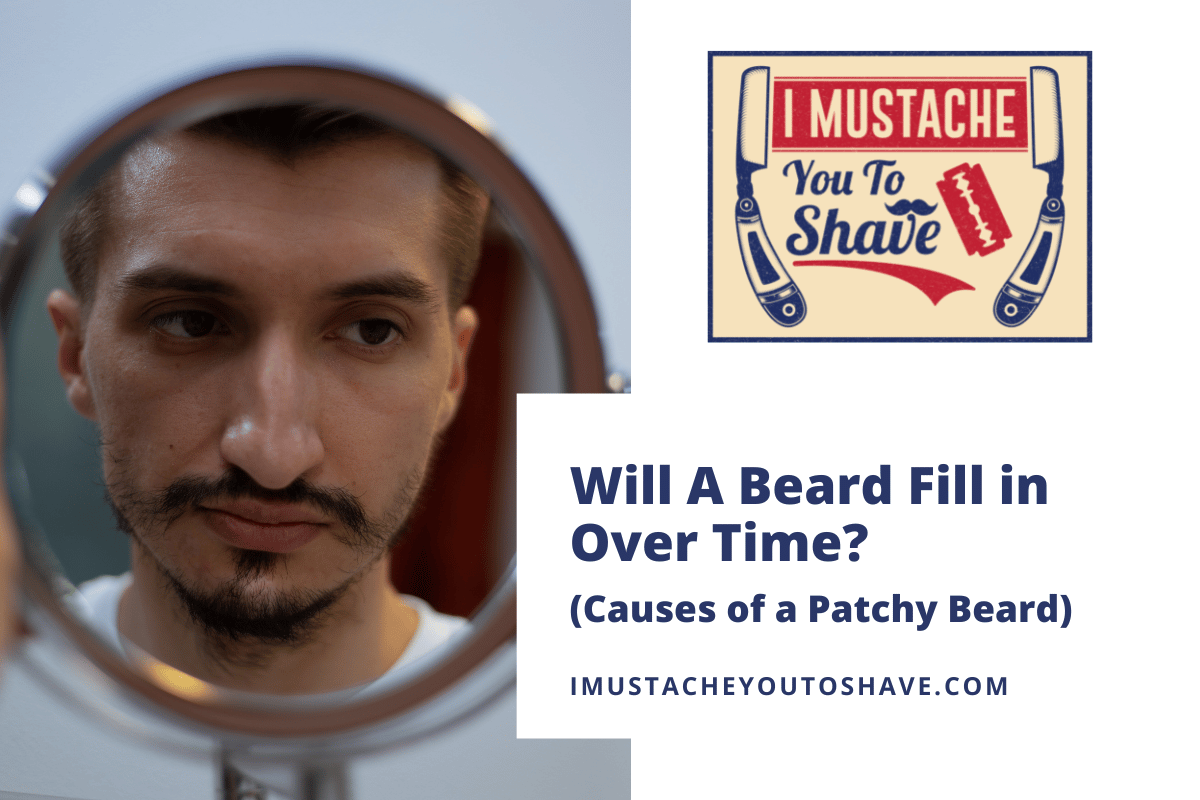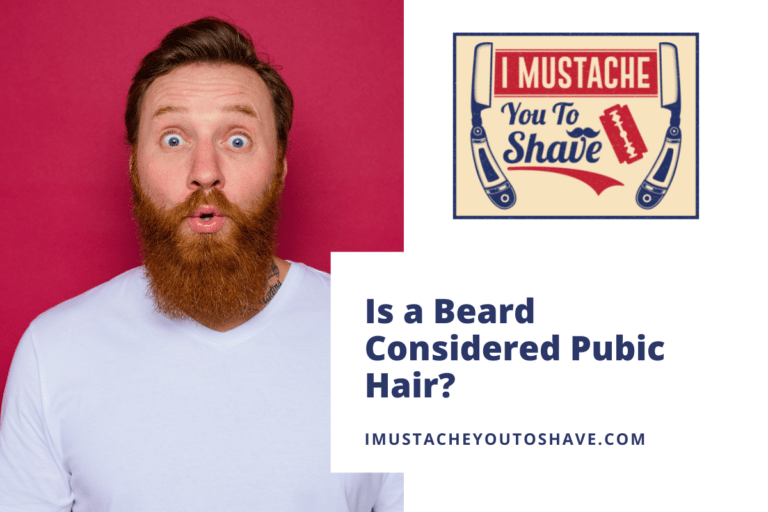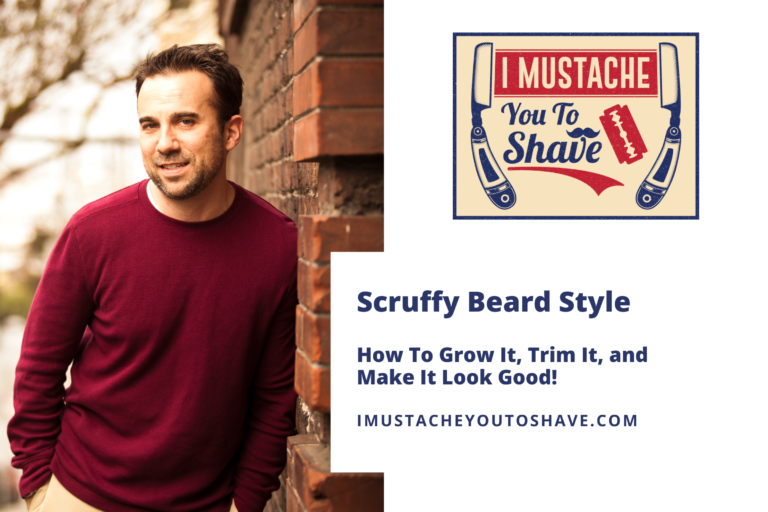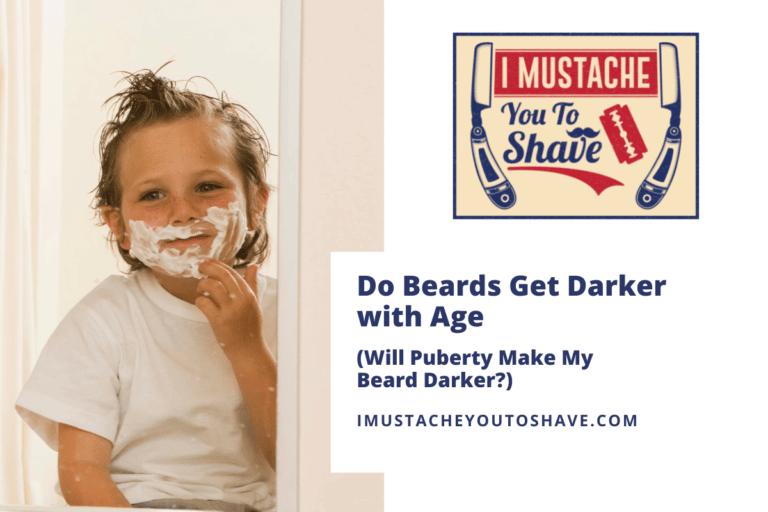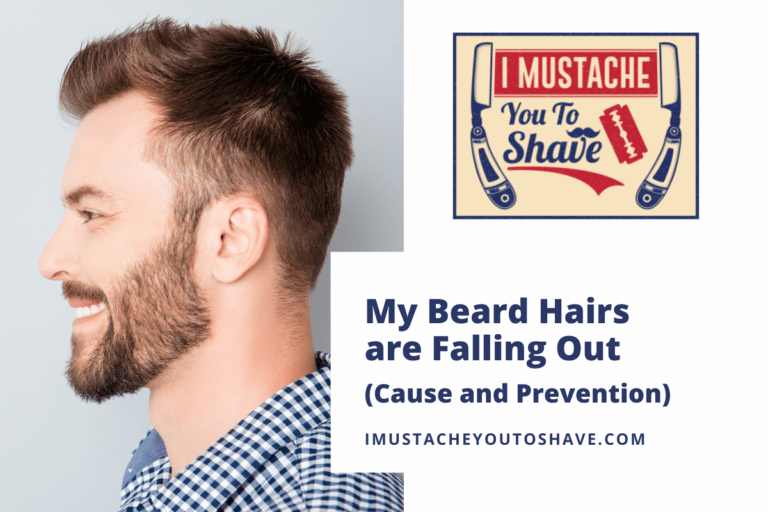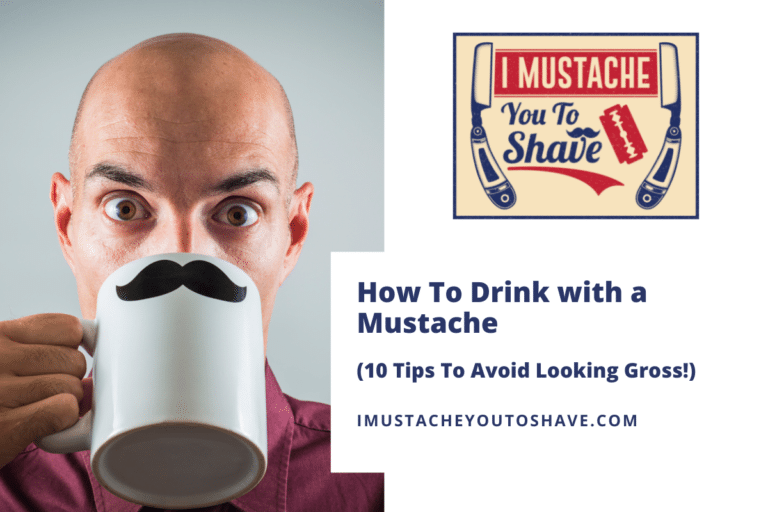Will A Beard Fill in Over Time? (4 Major Causes and Solutions)
You’re new to the facial hair club, but your beard doesn’t look quite like you envisioned. Some areas are thin, while other areas are full and lush. Are you destined for a future plagued by patchwork beard growth? Not necessarily.
A beard will likely fill in over time since different areas of your face can experience different rates of hair growth. Growing a beard takes time, so if yours seems patchy at first, that doesn’t mean it will stay that way. Beard growth patterns depend on factors such as age, genetics, and an unhealthy lifestyle.
If you want to learn more about the patchy beard dilemma, read on!
What causes a patchy beard?

Beards are widely popular, but most aren’t perfect. We’re our own worst critics. We tend to see the unevenness, color variations, and patchiness that the general populous doesn’t notice. If parts of your beard are thinner than you would like, there could be a very simple explanation.
A patchy beard can be a result of age, genetics, impatience, or an unhealthy lifestyle. If you are younger than age thirty, your beard growth may not have reached maturity yet. Patchy beard growth can run in families, or you may just be expecting too much too soon. A patchy beard can also be a consequence of unhealthy habits.
These are common reasons responsible for a patchy beard:
- Age
- Genetics
- Impatience
- Unhealthy lifestyle
Age
If you are in your teens, twenties, or early thirties, you may not yet have reached your peak facial hair growth. Your beard hair is androgenic, which means it occurs at puberty and is affected by hormones. Testosterone levels peak in the thirties and then begin to decrease gradually. Beard hair can continue to thicken up as you approach your mid-30s.
Genetics
We are born with a set number of hair follicles. Beard patterns can be passed down from generation to generation. If your dad or grandad has a patchy beard, then you will probably have one too. If your dad’s beard is full and lush, chances are your beard will eventually end up that way as well. Certain ethnicities are prone to sparse facial hair. Others are blessed with rapid, full growth. This is a factor we can’t change and have to find creative work-a-rounds.
Lack of time
If patience isn’t one of your virtues, then you may not be giving your beard enough time to grow. Impatience leads to unrealistic expectations and can tempt you to shave off your whiskers prematurely. New beard wearers must let the hair grow for at least four months to reach its full potential.
Unhealthy lifestyle
Healthy hair starts with healthy hair follicles. What we put into our bodies matters. Eating a healthy diet, exercising, and reducing stress keep our follicles fed, encouraging hair growth.
Thin hair is often a product of what is happening inside your body. A poor diet leads to vitamin deficiencies. A sedentary lifestyle leads to poor circulation. Lack of sleep increases stress levels. All of these factors can lead to thinning hair or even make your hair fall out
Will a beard fill in over time if it is too thin?
If the men in your family have thick full beards, then there’s no reason to think your beard won’t follow the same generational course. Beard not up to your expectations? Take an audit of how you treat your body.
A thin beard will often fill out if you give it enough time. Hair grows ½ inch a month, so allow two to four months before you take drastic measures. Aid hair growth by following a healthy diet, exercise, and sleep routine.
How can I get my beard to fill in?
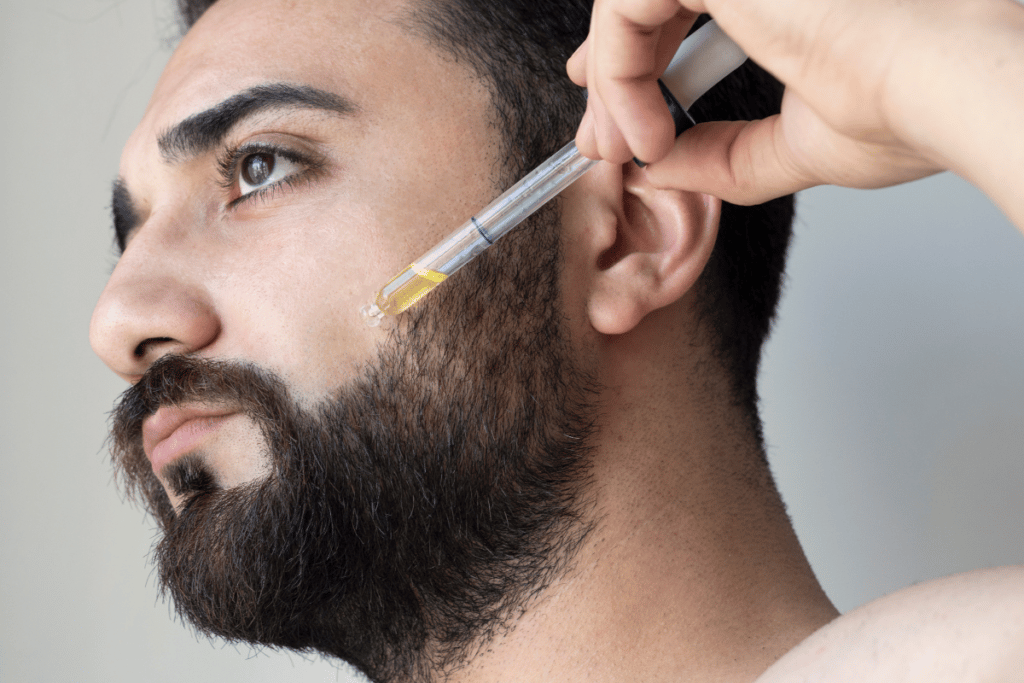
Waiting on your beard to fill in? Take advantage of this time to get healthy and pamper your skin to have the perfect canvas for successful hair growth.
You can help your beard fill in by being patient and nourishing your body and skin. If you’ve allowed enough time and it is still patchy, you might look into microneedling or minoxidil.
- Be patient
- Nourish your body
- Nourish your skin
- Microneedling
- Minoxidil
When you’re waiting for your new beard to grow in, you are in the driver’s seat. You can do a lot to ensure the process is successful by taking care of yourself. For some men, however, all the right things can be done, but beard patches still exist. Treatments like microneedling and Minoxidil might help.
In some cases, a full beard might not be possible. That’s ok. It’s time to pivot and choose a beard style that works with your unique growth pattern. Have patchy areas on the cheeks? Opt for stubble, a goatee, or a chin strap beard.
Fun fact: Many celebrities have patchy beard issues, but continue to rock a bearded look. Look to Keanu Reeves, Leonardo Dicaprio, or James Franco for inspiration.
Patchy beard growth stages
Beard growth is a process. The stubble phase can be exciting as you begin to see new hairs rising to the occasion. The active growth stage can be long, itchy, and frustrating at times, but is a necessary stop on the journey.
Beards go through three distinct growth stages. During the first few days, stubble appears. Next, a pattern begins to develop as the hair grows longer. This stage is when patchy areas become visible and you may notice differences in hair growth rates. The final stage is when your beard reaches its full potential and is ready for trimming and shaping.
Remember our discussion about hair follicles earlier? Each follicle produces hair, and that hair goes through its life cycle. Some follicles get cranked up earlier than others. Your beard is in a constant state of hair growth, rest, and death. Thankfully, about 90% of your beard is in the growth stage at any given time, and this process takes years to complete.
How long does the awkward beard stage last?
I know it seems like the awkward beard stage lasts forever, but it doesn’t.
The awkward beard stage only lasts two to four months. You can use creative grooming and styling methods during this time to lessen the patchy appearance.
- Use longer surrounding hairs to camouflage
- Use styling products to increase volume and keep hair in place
- Brush and train hair to grow in the direction you want it to
- Go see a barber
You can use this to your advantage if patchy areas are downwind from longer, thicker hair. Be strategic when brushing and hold the hair in place with a beard balm. Beard hairs tend to be curly and directionally challenged at times. Train them to grow in the right direction by brushing your beard with a good quality boar or badger bristle brush.
Alternatively, an experienced barber can shape up an awkward beard to accentuate the positives without derailing your growth progress.

